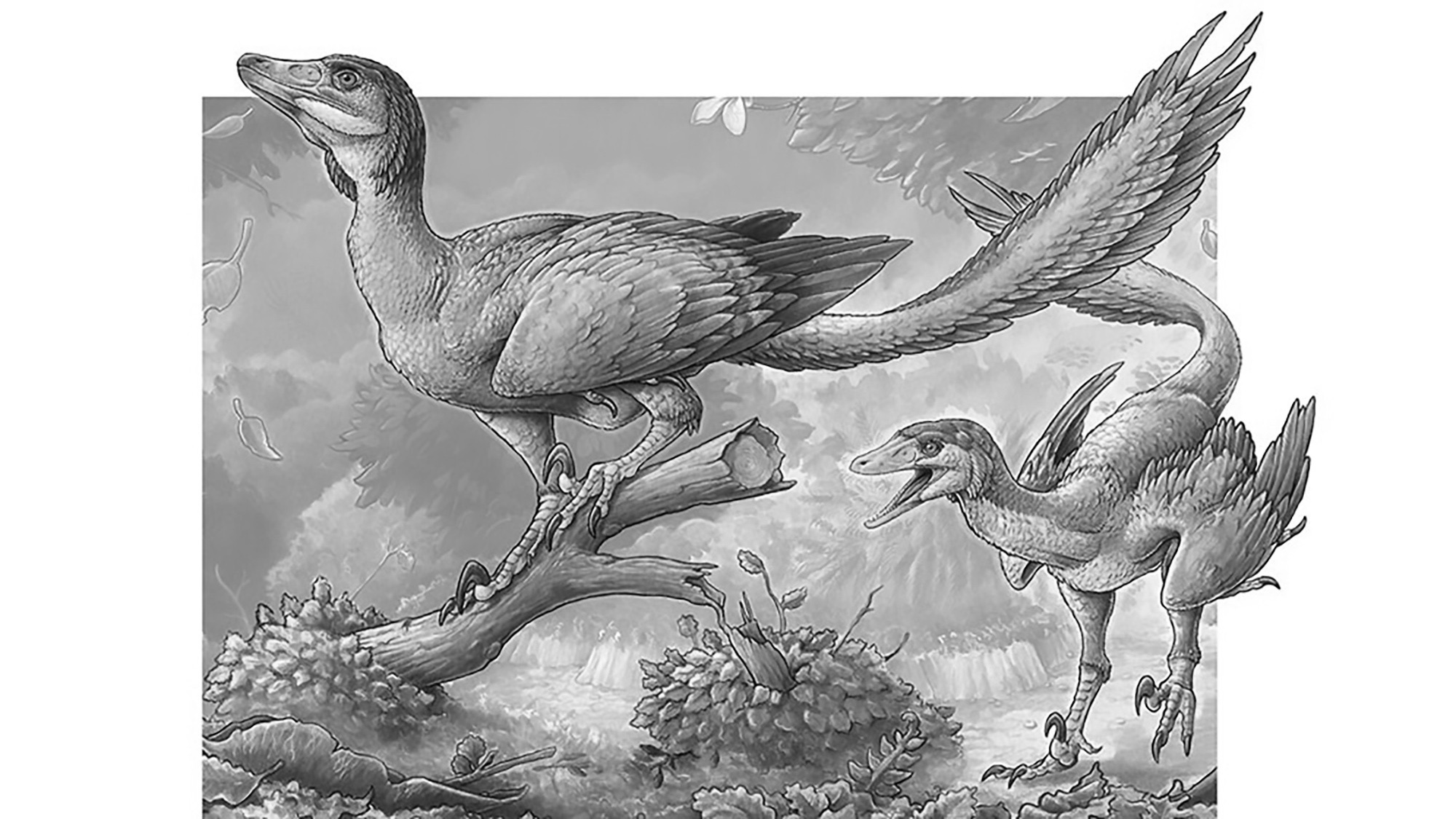Archaeologists have discovered a new species of dinosaur which represents the ‘missing link’ between the evolution of the velociraptor into birds 90 million years ago.
The new species called ‘Overoraptor Chimentoi’ was found in a 90-million-year-old rock formation from the Cretaceous epoch called Huincul, located to the south of the Ezequiel Ramos Mexia reservoir in the province of Rio Negro in southern Argentina.
The Argentine National Scientific and Technical Research Council (CONICET) reported that the first bones of the ‘Overoraptor Chimentoi’ were found in 2013 but it was only when doctoral student Matias Javier Motta launched a project in 2018 that has resulted in the recovery of more parts of the dinosaur’s skeleton.

The new discovery has seen the finding of vertebrae, parts of the scapular and pelvic girdles, and bones from the dinosaur’s wing and legs.
The Director of the Anatomy Institute of Bernardino Rivadavia Natural Sciences Argentine Museum (MACN), Fernando Novas, said: “When analysing its arms we found avian features related to flight, which was striking since we knew that it was a running species.
“This leads us to consider that in the phylogenetic tree, the Overoraptor is closer to birds than most of the raptors discovered so far.”
Motta told local media: “Our hypothesis is that in the case of the Overoraptor, the ability to automatically fold the wings must have had a different function from that of flying birds, given that it is a running animal.

“It is possible that the arms had the role of guaranteeing balance during chases – by providing greater balance and precision – thanks to the possibility of moving them in a rhythmic way, as happens in running birds such as the rhea or ostriches.”
The excavation project was reportedly funded by the National Geographic Society and the results of the study of the fossils found during the excavations have been published in ‘The Science of Nature’ journal.
Dinosaurs are believed to have emerged approximately 230 million years ago during the Late Triassic.
According to palaeontologists, they dominated all terrestrial ecosystems between the beginning of the Jurassic period -about 200 million years ago- and the massive extinction of the Cretaceous-Paleogene, which occurred 65 million years ago.

The small bones of an Overoraptor leg compared to the bigger bones of an ostrich. 
Small pieces of bones of the Overoraptor found in the excavation
To find out more about the author, editor or agency that supplied this story – please click below.
Story By: Jonathan Macias, Sub-Editor: Joseph Golder, Agency: Newsflash
The Ananova page is created by and dedicated to professional, independent freelance journalists. It is a place for us to showcase our work. When our news is sold to our media partners, we will include the link here.




